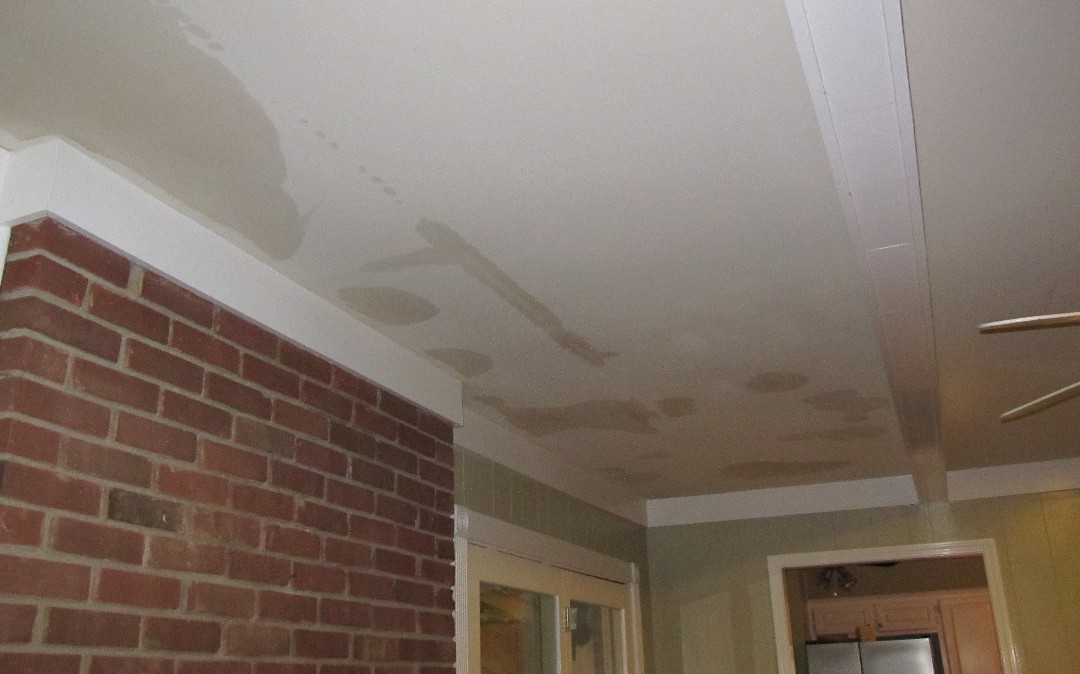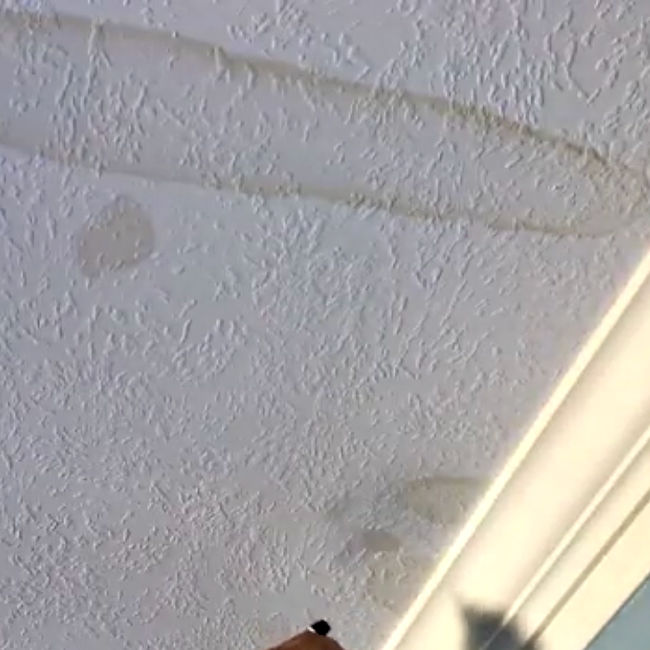Here in the next paragraph you can get additional quality information and facts in relation to How to Remove Water Stains from Walls and Ceilings.

Water stains on wall surfaces are not pleasurable to the eyes. Occasionally it appears practically unpreventable to experience water spots on walls in residences.
House owners living in moist areas constantly manage the anxiety of water discolorations on walls. But that does not have to hold true for you. With precise and all-round information on the root causes of water stains as well as punctual fixing processes, you will certainly always be a step ahead of such incidents. So, this article guarantees to be a helpful overview for you.
3 Common Reasons For Water Discolorations on Walls
In contrast to common belief, water discolorations on walls do not constantly stem from inadequate structure materials. There are a number of causes of water spots on wall surfaces. These consist of:
Poor Drain
This will avoid water from leaking right into the walls. This links to extreme dampness that you discover on the walls of your building.
So, the leading reason for wet walls, in this instance, can be an inadequate water drainage system. It can also be due to poor monitoring of sewer pipelines that run through the structure.
Wet
When warm moist air meets completely dry chilly air, it triggers water droplets to form on the walls of buildings. When there is vapor from cooking or showers, this occurs in restrooms as well as kitchens. The water droplets can tarnish the bordering walls in these parts of your home and also infect other areas.
Moist or condensation impacts the roof covering as well as wall surfaces of structures. This causes them to show up darker than various other areas of the home. When the wall is wet, it creates an ideal atmosphere for the growth of microbes and fungi. These may have damaging effects on wellness, such as allergic reactions as well as respiratory disorders.
Pipeline Leaks
A lot of residences have a network of water pipes within the walls. This ensures that the pipelines are well away from the reach of damaging rats. It always raises the stability of such pipelines, as there is little oxygen within the wall surfaces. This prevents rust.
Yet, a drawback to this is that water leakage impacts the wall surfaces of the building and also triggers prevalent damage. An indication of malfunctioning pipelines is the appearance of a water discolor on the wall surface.
Water Discolorations on Wall Surface: Repair Tips
When dealing with water discolorations, homeowners would normally want a quick solution. Yet, they would certainly quickly recognize this is disadvantageous as the water stains recur. So, right here are a couple of practical ideas that will guide you in the repair service of water stains on walls:
Pro Idea
A houseplant in your home likewise raises its humidity. If the home is currently damp, you might desire to present houseplants with minimal transpiration. An instance of ideal houseplants is succulents.
Conclusion
No one desires to have water spots on wall surfaces in their home, it can happen to the best of us. This write-up gives you utilize, as you now know exactly how to manage this incident if it does occur.
It is constantly best to recruit expert solutions to assist repair the problems in your house.
Often it appears practically inevitable to experience water discolorations on walls in residences.
Contrary to popular belief, water discolorations on walls do not constantly stem from inadequate building materials. There are a number of reasons of water stains on wall surfaces. The water beads can stain the surrounding wall surfaces in these parts of your residence and spread to various other locations.
Below are a few helpful suggestions that will certainly guide you in the repair work of water stains on wall surfaces:
How to Remove Water Stains From Your Walls Without Repainting
The easy way to get water stains off walls
Water stains aren’t going to appear on tile; they need a more absorbent surface, which is why they show up on bare walls. Since your walls are probably painted, this presents a problem: How can you wash a wall without damaging it and risk needing to repait the entire room?
According to Igloo Surfaces, you should start gently and only increase the intensity of your cleaning methods if basic remedies don’t get the job done. Start with a simple solution of dish soap and warm water, at a ratio of about one to two. Use a cloth dipped in the mixture to apply the soapy water to your stain. Gently rub it in from the top down, then rinse with plain water and dry thoroughly with a hair dryer on a cool setting.
If that doesn’t work, fill a spray bottle with a mixture of vinegar, lemon juice, and baking soda. Shake it up and spray it on the stain. Leave it for about an hour, then use a damp cloth to rub it away. You may have to repeat this process a few times to get the stain all the way out, so do this when you have time for multiple hour-long soaking intervals.
How to get water stains out of wood
Maybe you have wood paneling or cabinets that are looking grody from water stains too, whether in your kitchen or bathroom. Per Better Homes and Gardens, you have a few options for removing water marks on your wooden surfaces.
You can let mayonnaise sit on your stain overnight, then wipe it away in the morning and polish your wood afterward. You can also mix equal parts vinegar and olive oil and apply to the stain with a cloth, wiping in the direction of the grain until the stain disappears. Afterward, wipe the surface down with a clean, dry cloth. Try placing an iron on a low heat setting over a cloth on top of the stain. Press it down for a few seconds and remove it to see if the stain is letting up, then try again until you’re satisfied. (Be advised that this works best for still-damp stains.) https://lifehacker.com/how-to-remove-water-stains-from-your-walls-without-repa-1849742925

I was made aware of that report on from an associate on another website. For those who enjoyed reading our blog posting kindly be sure to pass it around. I praise you for your time. Kindly come visit our blog back soon.
Reliable round-the-clock.